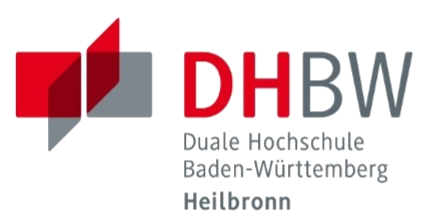This course aims to prepare graduates of secondary educational institutions for their next step in their lives.
The participants in this course will learn learning strategies, memorizing techniques, time management, how to write a CV, how to prepare for a job interview and more.
This course is eligible for students of VET and HE institutions.

- Teacher: Raimund Hudak
- Teacher: Alexander Jaensch